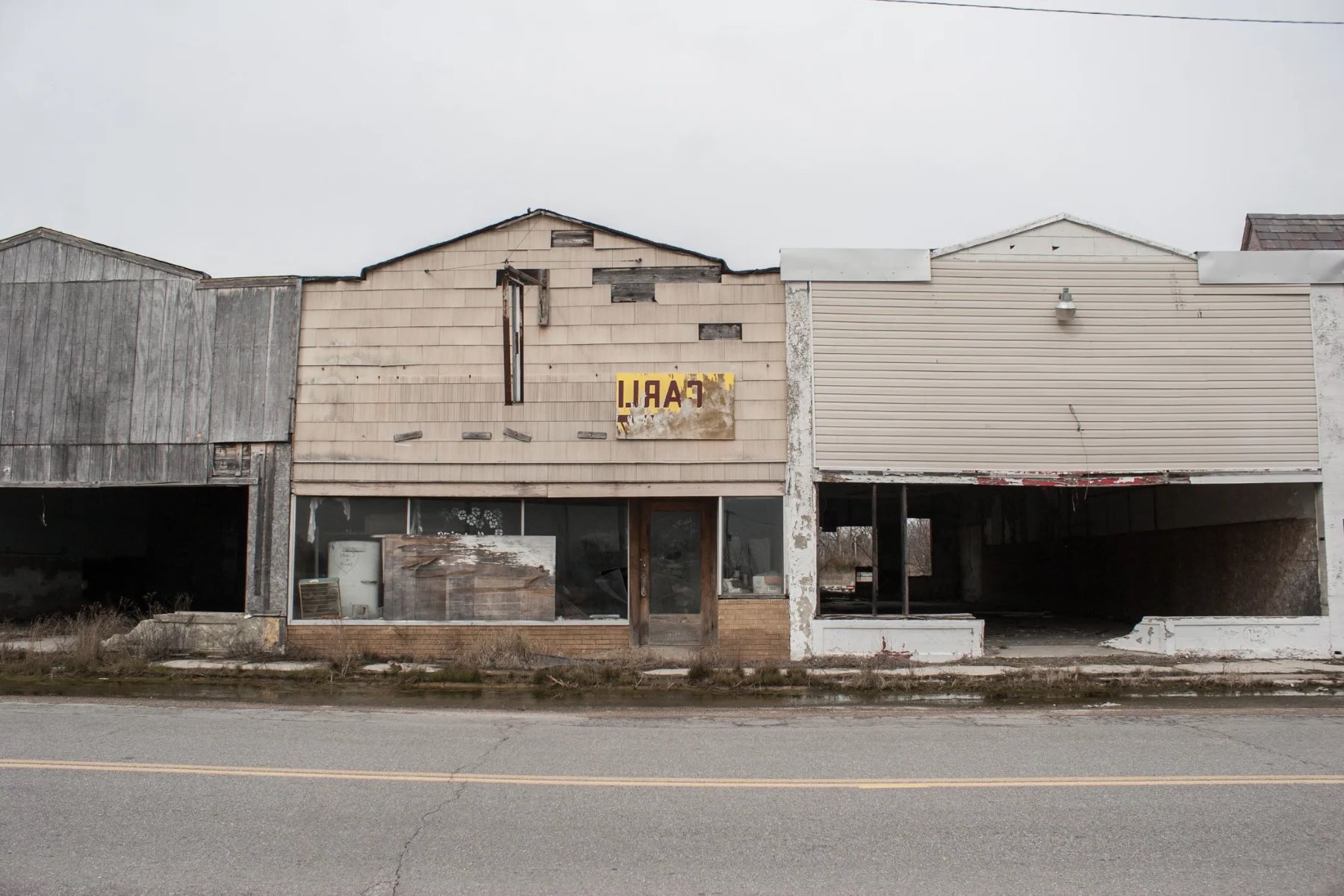Ghost Towns Of The Dust Bowl: Hidden Stories

Have you ever wondered what happened to the towns that vanished during the Dust Bowl? These ghost towns hold stories of hardship, resilience, and abandonment. During the 1930s, severe dust storms ravaged the Great Plains, forcing many to leave their homes. Once-thriving communities became deserted almost overnight. Today, these ghost towns offer a glimpse into a past shaped by environmental disaster and economic struggle. Walking through these abandoned streets, you can almost hear the echoes of lives once lived. From dilapidated buildings to forgotten schools, each site tells a unique story. Ready to uncover the hidden tales of the Dust Bowl's ghost towns? Let's dive in.
Ghost Towns of the Dust Bowl: Hidden Stories
The Dust Bowl of the 1930s left a lasting mark on the American landscape. Once-thriving towns became ghostly remnants of their former selves. These ghost towns hold stories of hardship, resilience, and abandonment. Let's explore some of these forgotten places.
Oklahoma's Forgotten Towns
Oklahoma was hit hard during the Dust Bowl. Many towns were abandoned as residents fled the harsh conditions.
Picher: Once a booming mining town, Picher became a ghost town due to environmental disasters. Lead contamination and sinkholes forced residents to leave, leaving behind empty streets and decaying buildings.
Carter Nine: This small community was abandoned when the oil boom ended. The town's few remaining structures stand as silent witnesses to its brief prosperity.
Texola: Located on the Texas-Oklahoma border, Texola saw its population dwindle during the Dust Bowl. Today, it’s a quiet reminder of the past, with a few buildings still standing.
Kansas' Deserted Settlements
Kansas also saw many towns disappear during the Dust Bowl. These towns tell tales of struggle and survival.
Elk Falls: Known as the "World's Largest Living Ghost Town," Elk Falls has a few residents left. The town hosts an annual open house, inviting visitors to explore its historic buildings.
Dubuque: This small town was abandoned when the railroad bypassed it. The remaining structures, including a church and schoolhouse, offer a glimpse into life during the Dust Bowl era.
Skiddy: Named after a railroad official, Skiddy was once a bustling community. Today, only a few buildings remain, slowly being reclaimed by nature.
Texas' Abandoned Communities
Texas, too, has its share of ghost towns from the Dust Bowl. These towns reflect the harsh realities faced by their former inhabitants.
Glenrio: Straddling the Texas-New Mexico border, Glenrio was a popular stop on Route 66. The Dust Bowl and changes in highway routes led to its decline. Now, it’s a ghost town with empty motels and gas stations.
Estelline: Once a thriving agricultural community, Estelline saw its population decline during the Dust Bowl. The town's abandoned buildings stand as a testament to its past.
Lobo: This small town was abandoned when its water supply dried up. The remaining structures, including a school and gas station, tell the story of a community that once thrived.
Colorado's Silent Towns
Colorado's ghost towns from the Dust Bowl era reveal the challenges faced by those who lived there.
Dearfield: Founded as an African American agricultural colony, Dearfield thrived until the Dust Bowl hit. The town's remaining buildings, including a school and church, are now part of a historic site.
Keota: Once a bustling farming community, Keota was abandoned when the Dust Bowl made farming impossible. The town's empty buildings and overgrown streets offer a haunting glimpse into its past.
Model: This small town was hit hard by the Dust Bowl, leading to its abandonment. The remaining structures, including a school and church, stand as silent reminders of the town's history.
New Mexico's Vanished Villages
New Mexico's ghost towns from the Dust Bowl era tell stories of resilience and abandonment.
Cuervo: Located along Route 66, Cuervo was once a thriving community. The Dust Bowl and changes in highway routes led to its decline. Today, it’s a ghost town with empty buildings and overgrown streets.
Yeso: This small town was abandoned when the railroad bypassed it. The remaining structures, including a school and church, offer a glimpse into life during the Dust Bowl era.
Steins: Once a bustling railroad town, Steins was abandoned when the railroad moved its operations. The town's remaining buildings, including a hotel and general store, tell the story of its past.
Hidden Stories of Dust Bowl Ghost Towns
Ghost towns from the Dust Bowl era tell tales of resilience and hardship. These abandoned places, once bustling with life, now stand as silent witnesses to history. Visiting these towns offers a unique glimpse into the past, showing how people adapted to extreme conditions. Exploring these areas can be both educational and moving, reminding us of the strength and determination of those who lived through tough times.
Whether you're a history buff or just curious, these ghost towns provide a fascinating look at a significant period in American history. They remind us of the impact of environmental challenges and the human spirit's ability to endure. So next time you're planning a trip, consider adding a Dust Bowl ghost town to your itinerary. You'll walk away with a deeper appreciation for the stories these places hold.

